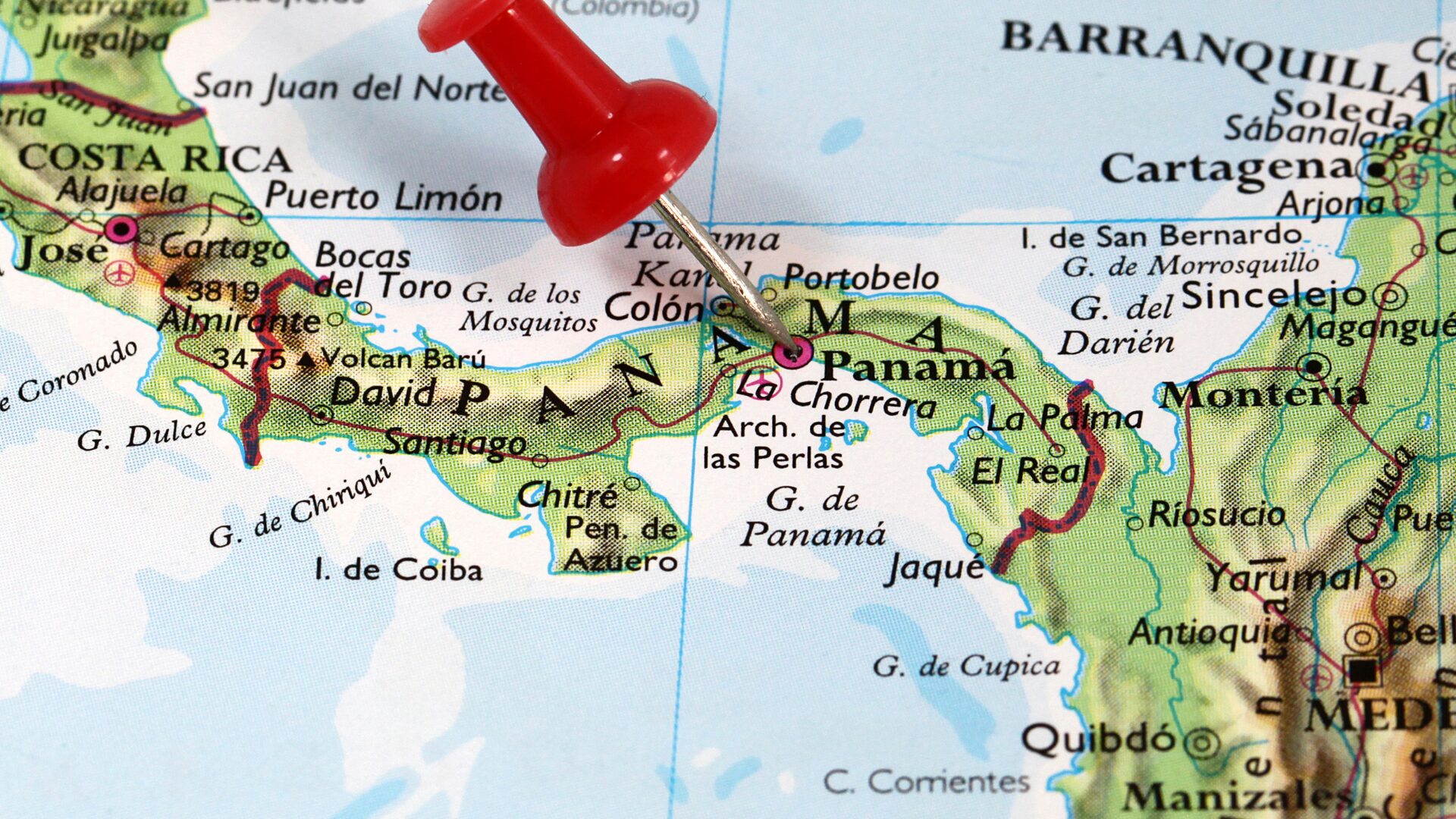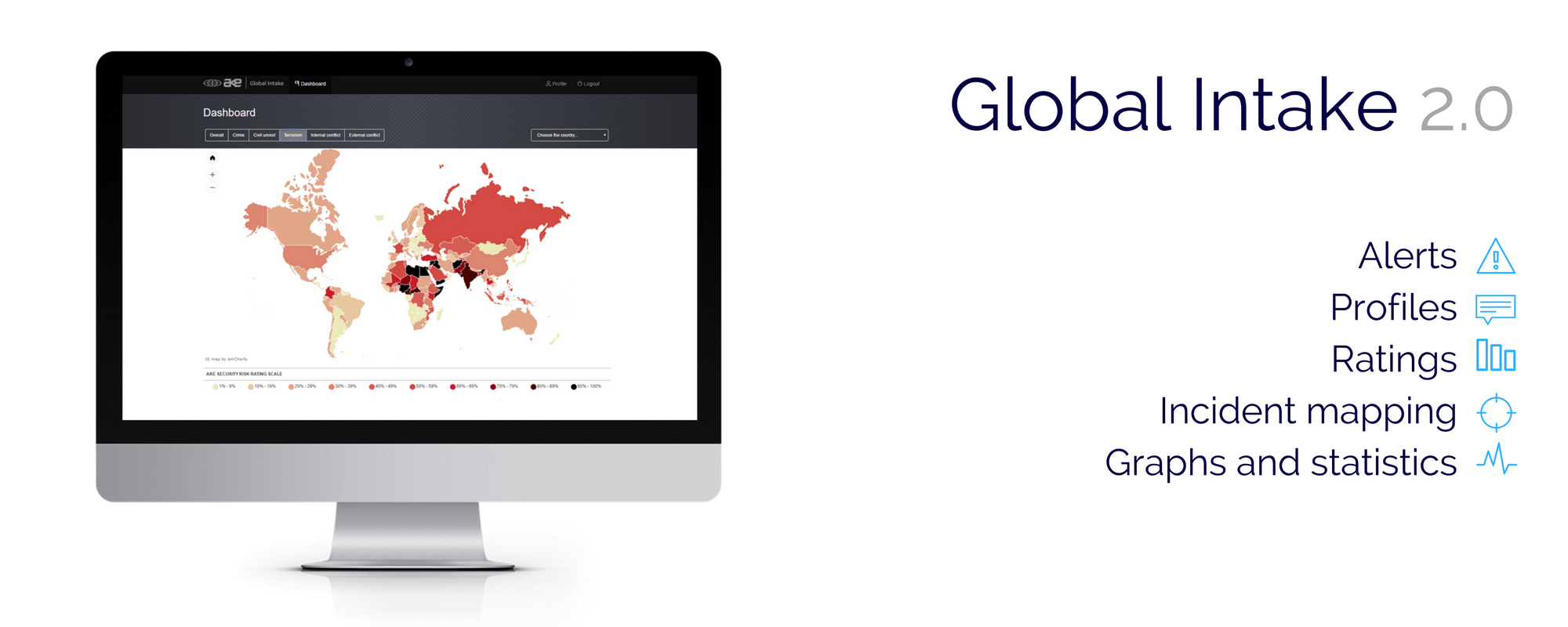Date first published: 16/01/2025
Key sectors: all; maritime shipping
Key risks: geopolitical conflict; supply chain disruption
Risk development
On 26 December 2024 President Jose Raul Mulino rejected the possibility of reducing tolls for US vessels or ceding control of the Panama Canal after US President-elect Donald Trump threatened to take the canal back into US control and accused Panama City of “ripping off” the US by overcharging on shipping rates. Trump refused to rule out military force to seize it and falsely claimed it was operated by Chinese soldiers during a 7 December conference. Mulino asserted that there is “absolutely no Chinese interference”.
Why it matters
The Panama Canal, a key artery of global trade, has become a flashpoint in the US-China competition over spheres of influence. As a vital waterway – through which 6 per cent of global trade and 57 per cent of US-Asia container traffic pass – between the Atlantic and Pacific Oceans, the Canal sits at a nexus of competing great power interests. Over 60 per cent of its traffic involves goods originating in or destined for the US – its largest foreign direct investor, contributing US$3.8bln annually – underscoring the importance of the Canal’s free and safe passage for US supply chains. Meanwhile, China, the Canal’s second-biggest user and investor, wields influence through Landbridge Group and CK Hutchison Holdings companies, which operate ports on both ends. Its strategic infrastructure investments – including a fourth Canal bridge, energy facilities and the Panama-Colon Container Port – highlight the Canal’s role as China’s strategic entry point into Latin America. This triangular interdependence amplifies the Canal’s geopolitical and geoeconomic significance while underscoring competing US and Chinese leverage in the country – raising the risk of its weaponisation in their escalating economic conflict.
Trump’s bellicose rhetoric signals the Panama Canal’s strategic importance in curbing China’s counter-hegemonic expansion in the Western hemisphere. While appealing to Trump’s political base – disillusioned by US economic decline – and projecting US resolve by pressuring allies, it risks unravelling decades of US-Panama diplomacy and reigniting historic grievances. By leveraging US economic influence on one hand and securitising its interests on the other, Trump’s rhetoric corners Mulino’s administration into aligning with the US or China. Despite Panama’s historic US alignment, its sovereignty over the Canal remains a powerful symbol of national pride. Thus, threats to the Canal’s sovereignty or neutrality risk heightening geopolitical polarisation, straining US-Panama relations and bolstering China’s influence.
Background
Trump’s statements follow Panama’s 2017 shift in diplomatic allegiance from Taiwan to Beijing and its endorsement of China’s Belt and Road Initiative – an infrastructure project extending Beijing’s geopolitical reach. China’s growing footprint has raised US concerns about its influence over the Canal, including Beijing’s dual-use capabilities of canal-adjacent infrastructure to monitor or disrupt US operations, and threats to neutrality.
The Canal’s sovereignty and neutrality, ensuring non-discriminatory access for all nations in exchange for equitable fees, were established by the 1977 Torrijos-Carter Treaties and remain central to Panamanian identity. The agreements ended US control under the 1903 arrangement, long seen as infringing on Panama’s sovereignty. Trump’s threats, viewed against the backdrop of the 1989 US invasion to oust Manuel Noriega, risk fuelling historical anxieties over foreign interference.
Risk outlook
While Trump’s statements may represent mere bargaining posturing, they nevertheless risk straining US-Panama relations due to the non-negotiable nature of the Canal’s neutrality and sovereignty. Mulino’s administration will need to navigate US-China tensions with diplomatic precision to safeguard Panama’s sovereignty and investment opportunities.



